
Introduction: Cul-de-sacs, French for “bottom of the bag,” is common in residential neighborhoods and developments. They are characterized by a circular or U-shaped street layout with a dead end, offering several advantages for homeowners and communities alike. In this blog post, we’ll explore the purpose and benefits of cul-de-sacs in real estate and why they are popular choices for homebuyers.
What is a Cul-de-Sac? A cul-de-sac is a type of street layout designed to minimize through traffic by ending in a circular or U-shaped turnaround area, also known as a “bulb” or “hammerhead.” Cul-de-sacs typically have fewer homes than straight streets, creating a quieter and safer environment for residents.
Benefits of Cul-de-Sacs:
- Reduced Traffic: One of the primary benefits of cul-de-sacs is their ability to minimize through traffic, as there is no outlet beyond the cul-de-sac. This results in lower vehicle speeds and less noise pollution, making cul-de-sacs ideal for families with young children or those seeking a peaceful residential environment.
- Enhanced Safety: With limited vehicle traffic, cul-de-sacs offer increased safety for pedestrians, cyclists, and children playing outdoors. Residents can enjoy security and peace of mind knowing that their neighborhood is less prone to accidents and speeding vehicles.
- Privacy and Security: Cul-de-sacs provide homeowners with a sense of privacy and security, as they typically have limited access points and are less susceptible to unwanted traffic or solicitors. This can contribute to a tighter-knit community and foster neighborly relationships among residents.
- Larger Lots and Green Spaces: Homes located on cul-de-sacs often feature larger lots and more spacious yards compared to properties on straight streets. Additionally, cul-de-sacs may include landscaped islands or green spaces in the center of the turnaround area, enhancing the neighborhood’s aesthetic appeal.
- Community Interaction: The circular layout of cul-de-sacs encourages community interaction and socialization among residents. Neighbors are more likely to gather for block parties, barbecues, or outdoor activities in the cul-de-sac, fostering a sense of camaraderie and belonging.
- Higher Property Values: Cul-de-sacs are often perceived as desirable locations for their safety, privacy, and sense of community. As a result, homes situated on cul-de-sacs may command higher property values and experience greater appreciation over time.
Considerations for Homebuyers: When considering a home on a cul-de-sac, potential homebuyers should also be aware of some considerations:
- Limited Street Parking: Cul-de-sacs typically have limited street parking due to their circular layout, which may require homeowners to utilize their driveways or garage space for parking.
- Snow Removal and Maintenance: Municipalities may have specific guidelines for snow removal and maintenance in cul-de-sacs, as the turnaround area may require special attention during inclement weather.
- Home Orientation: Some homeowners may prefer homes at the end of the cul-de-sac for added privacy, while others may prefer homes closer to the entrance for easier access.
Conclusion: Cul-de-sacs offer numerous benefits for homeowners, including reduced traffic, enhanced safety, privacy, and community interaction. As such, they remain famous for homebuyers seeking a peaceful and family-friendly residential environment. Understanding the purpose and benefits of cul-de-sacs can help prospective homebuyers make informed decisions when selecting their ideal neighborhood.





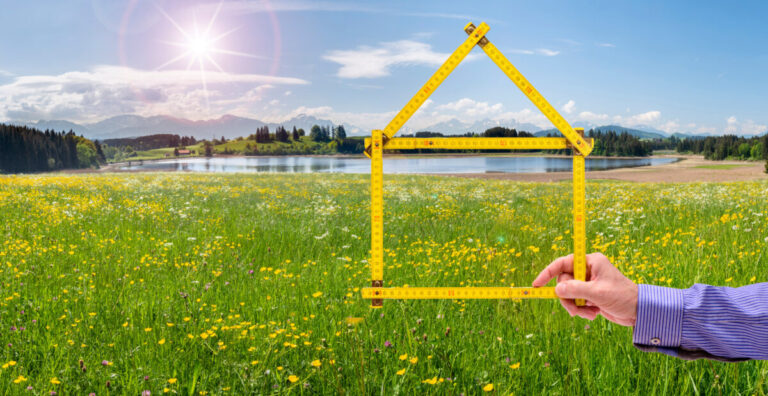
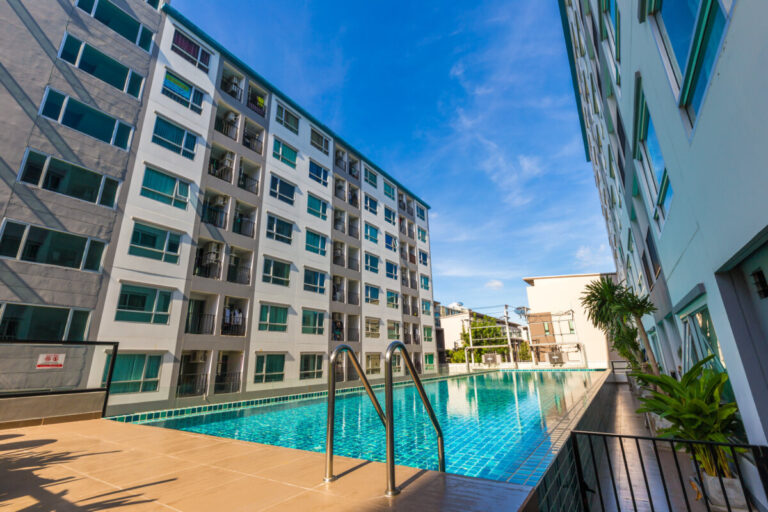





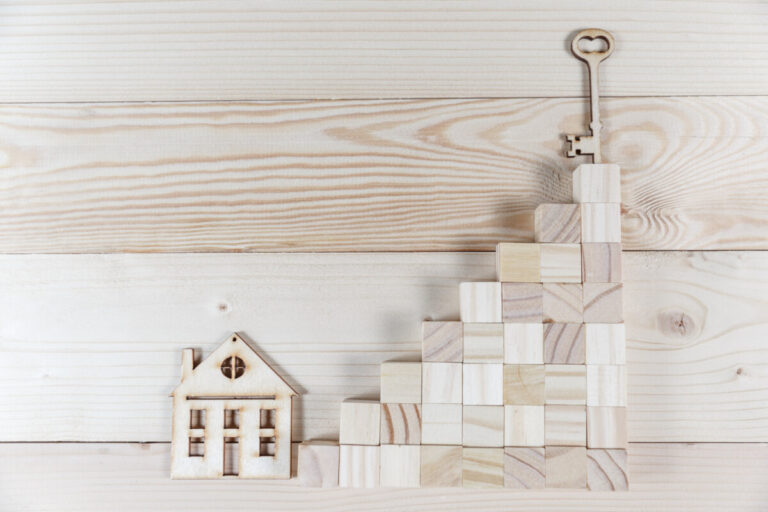
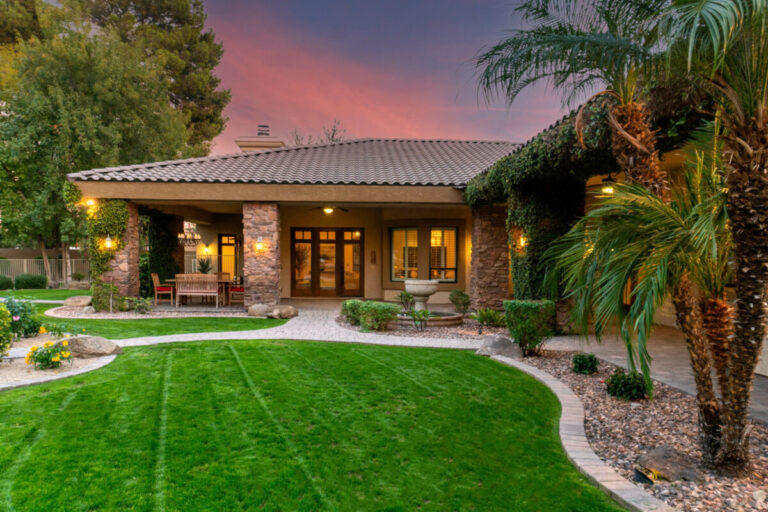



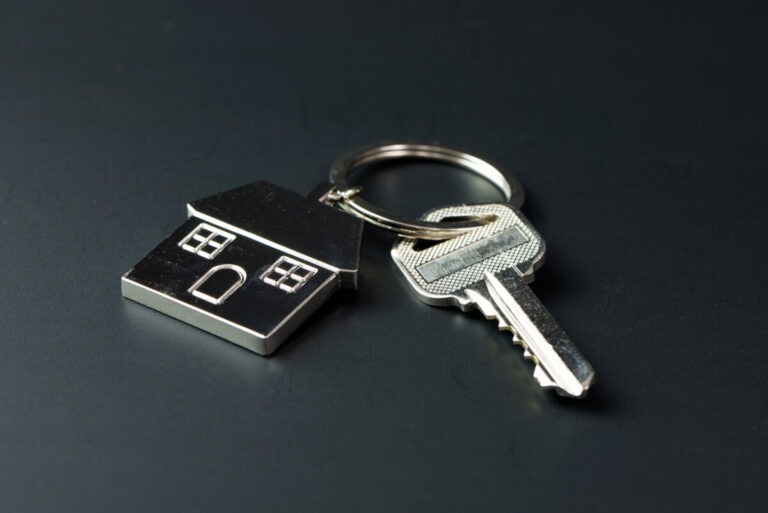


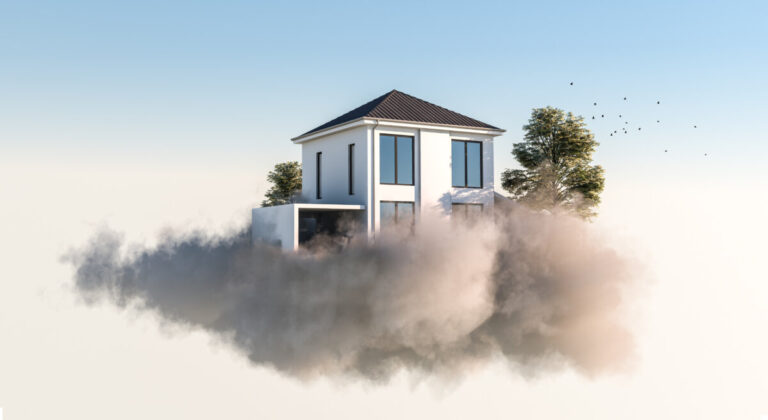

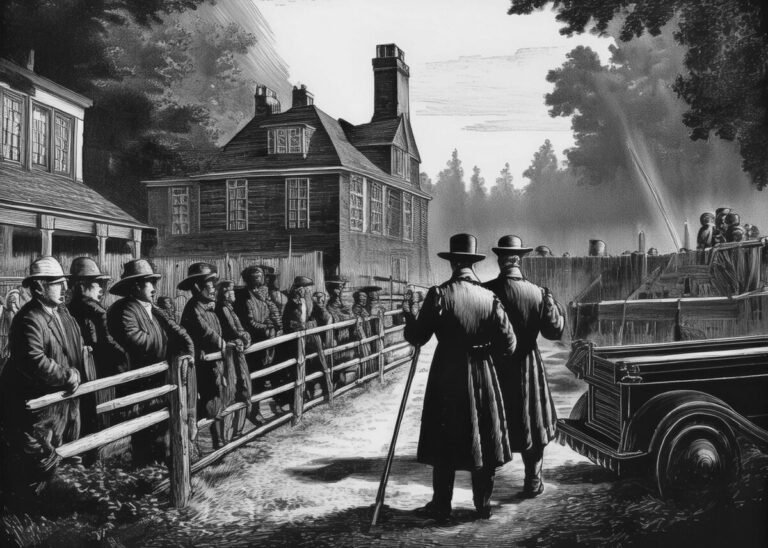

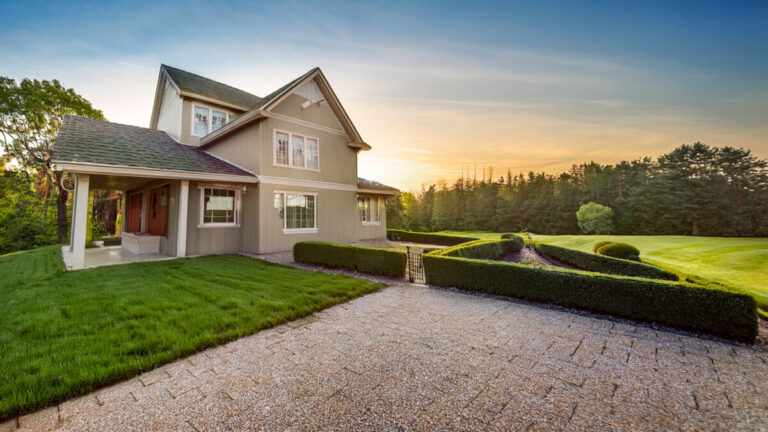












Leave a Reply